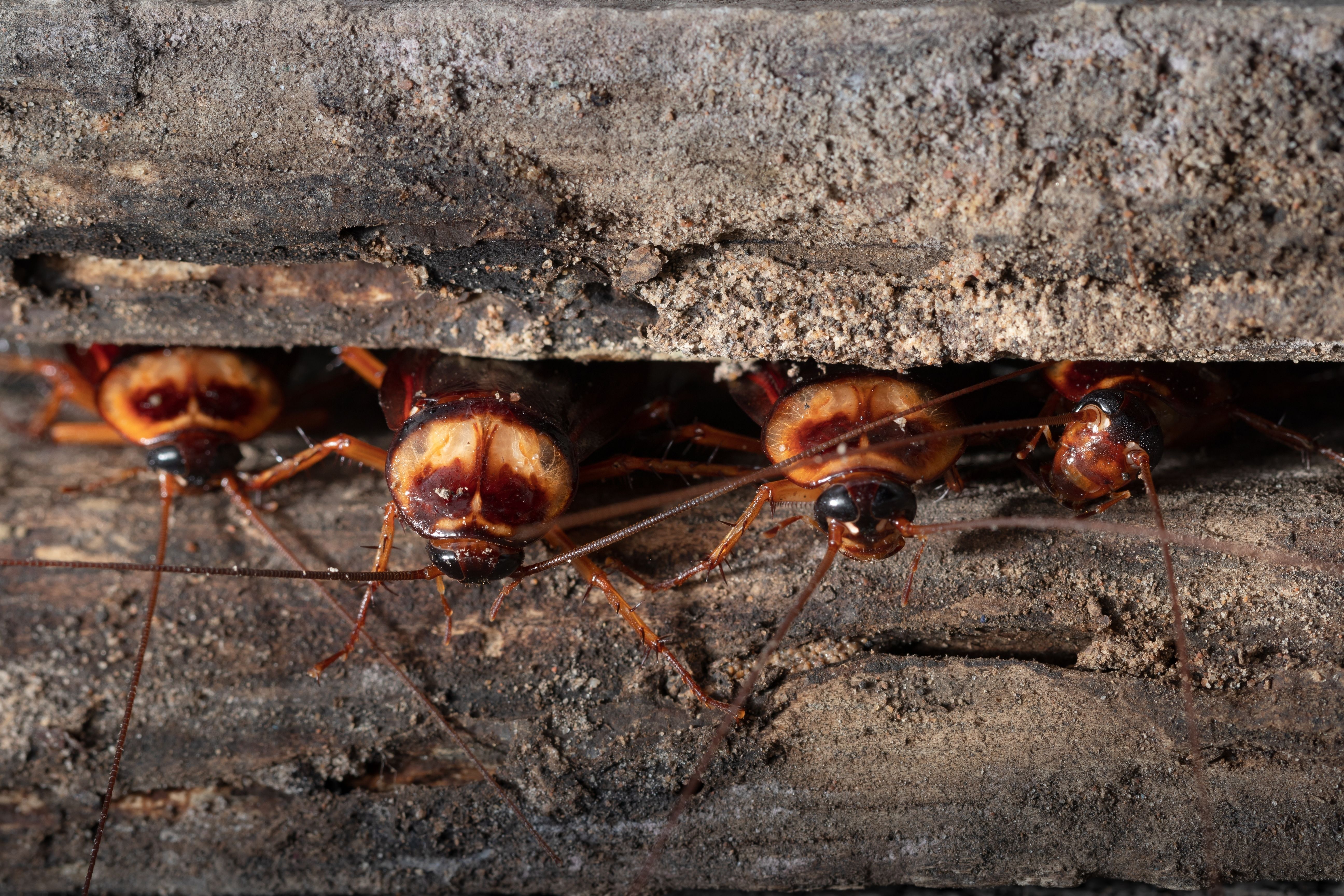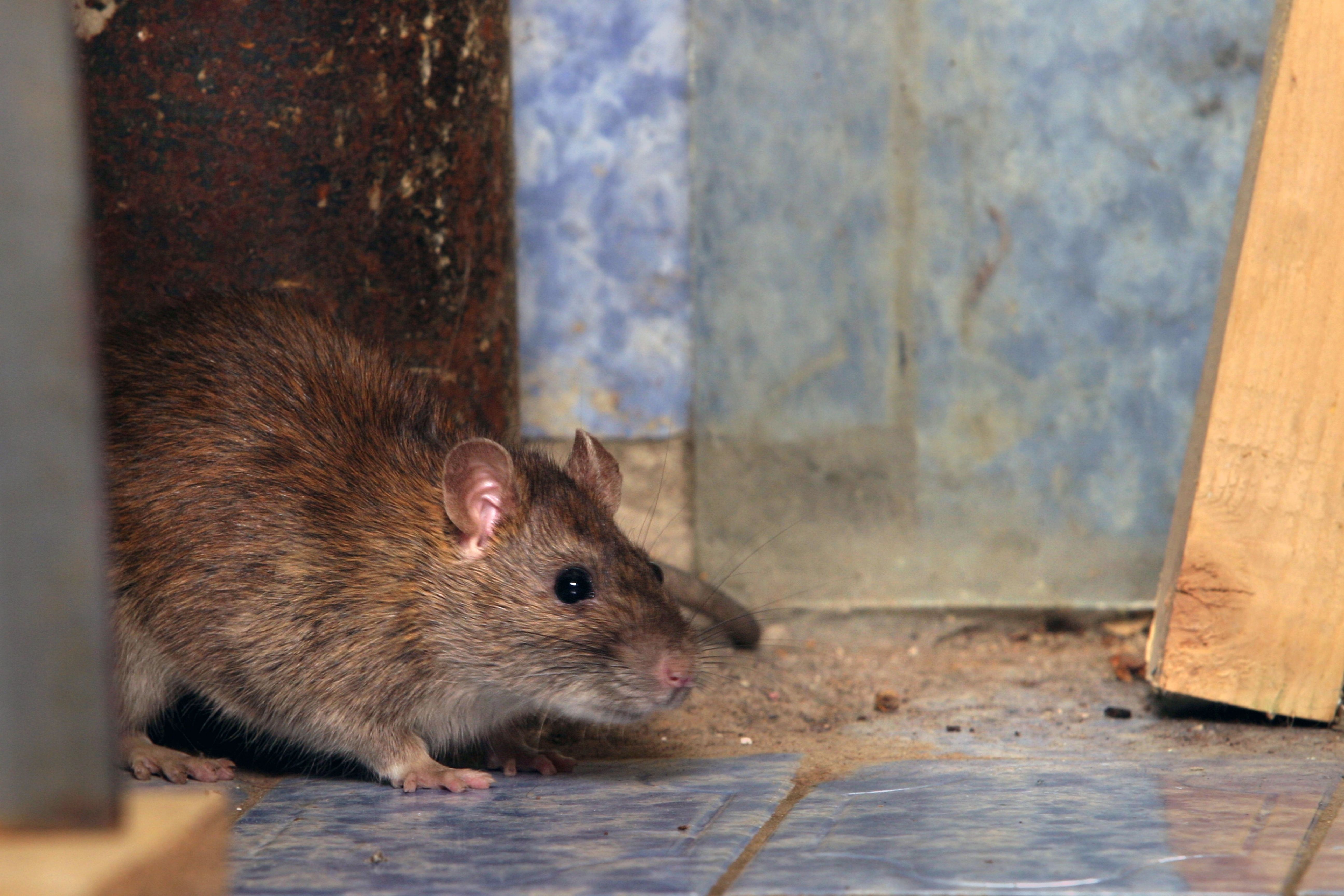Eliminating indoor pests requires different strategies in comparison to driving them out of your garden or backyard. Your unwanted guests will have more places to hide (which are often barely accessible), and more spots to breed.
Obviously, the use of pesticides and other kinds of poison should be last on your list of options, so we’re here to discuss organic ways to control pests in interior settings. Without any further ado, let’s get straight to it:
Pest-proof your vents
Pests usually search for dark, isolated paths to enter buildings, and air vents seem to suit them more than anything else. One of the best ways to prevent pests from entering a building via ductwork is to install a set of screens on both ends.
The outer end of the vent is an entryway for pests, but certain insects may create a hole that is large enough for the tiniest of them to pass through. The second screen is essentially a backup barrier meant to prevent them from advancing.
Once installed, the screens should be checked for holes and damages often. Rodents may bite the screen and leave, which can create an opening for insects to crawl through.
Insect screens often deter rodents, although larger ones may be able to force their way inside; on another hand, installing metal screens will prevent rodents from entering, but they won’t keep insects away. Sturdy insect screens are your best option for keeping both types of pests at bay.
Inspect the interior for cracks and holes
Mice and insects can get inside a building through the smallest of cracks while rats need slightly more space. While air vents typically offer them quicker passage, they can’t provide them with sustenance (other insects usually), so they may leave after a few failed attempts to pass through the screens we’ve just discussed.
Holes in walls, on another hand, offer the pests a lot more options. They can enter a building, search for food at night, and return unnoticed.
Certain types of insects can even dig burrow systems, creating more space for breeding and hiding. Some insects, such as wood wasps, powderpost beetles, and thermites can do the same.
Patch any holes you see, regardless of how tiny they may be. Funnel any entry point where pests may come across preemptively. Even pests that can’t navigate the cracks in the walls will try to hide in them when noticed.

Place stick and glue traps
Even if you’ve made sure to block all access points, pests can still find a way to enter an interior landscape. If you’re faced with having to hunt for pests who have managed to enter, you should first lay down a few traps to control their movements.
Stick and glue traps are efficient if properly positioned. There are several ways to use these traps, including limiting access to food, preventing the pests from hiding in certain spots, or placing the traps along suspected pathways the pests typically take. Each approach has its own benefits and drawbacks.
Both insects and rodents are attracted to certain smells, which means that they will try to find access to the kitchen and dining rooms. Ideally, you should place some traps near these areas, as well as inside them. Finally, block off all escape routes by placing another set of stick traps near all cracks or holes surrounding these areas.
Place rat traps
Mice and rats are very difficult to hunt, especially indoors. Most households keep them away with pets such as cats and dogs, but in some interior landscapes, that solution is simply not practical. Rats are substantially more cunning and much stronger than mice, which means that they will usually be able to either avoid or get themselves out of a glue trap.
Traps are the most effective way of catching them, and again, positioning is very important. Keep the traps away from paths that people would normally take while trying to predict the pathway a rat would take.
In most cases, rats will simply drop out of a hole and then take the least-lit route, which means that your first rat trap should be right below their usual hiding spots.
Should they manage to avoid it by leaping a bit forward, your next set of traps should be near doors right next to the wall. The traps should be positioned at least a few feet away from each other where mice and rats are particularly active.
The last set of traps should serve as your backup in case that the rodents have managed to evade the previous two sets. Should they start to run away, they’ll normally hug the walls while searching for the first hole or crack, so placing a few traps near corners should do the trick.

Spray the plants with soapy water
A teaspoon of soap in half a gallon of water is one of the simplest natural pesticide recipes that could handle common indoor insects. For tougher ones, add a bit of vegetable oil. Once you’ve prepared the mix, spray it on the plants even if you didn’t see any insects on them.
Certain insects are too small to be seen by the naked eye; they only become visible once their numbers rise to the level of infestation. That’s the reason why it’s best to sprinkle soapy water preemptively, as its smell will deter other insects in the future.
Alternatively, you can substitute vegetable oil with essential oils; lavender, thyme, basil, citrus, and peppermint smell quite great to humans while being completely repulsive to the majority of insects.
Keep the indoor environment clean
Insects almost never attack healthy plants while rodents are not inclined to remain too long in places where they can’t hide for long periods of time. Under the presumption that most entry points are blocked, a clean indoor environment will be minimally appealing to pests, and they are almost sure to leave on their own.
This also means that pests will be much easier to notice, allowing you to take action before they can breed.
We hope that this brief guide was useful to you and that you have learned something new today on how to organically control pests in interior landscapes. Make sure you are staying safe in these times we are all going through and have a good one, guys!
[wp-faq-schema title=”Frequently Asked Questions”]
